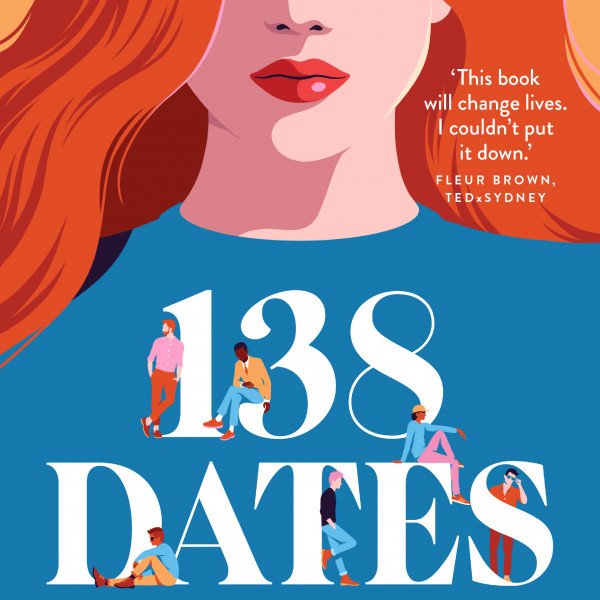
The Adventures of Tom Sawyer
Written by: Mike Hudson
Directed by: Lynn Coory
Cochran Hall, 22nd Jul 2021
Reviewed by: Madelaine Empson
The Adventures of Tom Sawyer is based on the beloved 1876 novel by Mark Twain – which, ashamedly, I haven’t read! I do however know of Huckleberry Finn (Alfie Byrne), who gets up to all sorts of mischief (I mean adventures) with his good friend Tom Sawyer (Thomas Neville).
Set in the 1840s, this play focuses on Tom’s perspective and upbringing in a small town in Missouri, where director Lynn Coory notes “children’s currency was a dead rat and a brass doorknob and where children roamed free from breakfast to supper”. From grave robbing to buried treasure to miraculous resurrections, The Adventures of Tom Sawyer certainly is one great big adventure.
This Khandallah Arts Theatre production stars a number of youngsters and seasoned actors working as one. Neville, Byrne, and Josh Harford as Joe Harper share a wonderful chemistry, especially when bellowing around a campfire together. All of the kids do very well, with Ira Crampton deserving a hearty clap for his energy and enthusiasm as Ben. In the grownup category, Hayden Rogers makes an excellent villain of Buckshot Joe and as his would-be victim Widow Douglas, Marj Lawson’s lively performance is a favourite of mine.
The world building on display here is fantastic, with audiences transported to simpler times thanks to clever costuming (wardrobe collator Theresa Donnelly), a charming old-world suburbia set (Stephanie Woodman), and scene-setting music from talented guitarist Jack Dryden. Idyllic projections by designer Brian Scurfield work in harmony with the lighting design of chief technician Chris Collie-Holmes to establish different locales – from a cemetery to a cave to a haunted house – so the audience never loses their place. The thundering rain outside certainly added mystique to the spooky scenes!
Overall this Khandallah Arts Theatre production has great heart. I’d recommend more music through some of the transitions, as the energy does dip while the audience waits for the next scene to start in silence. A bit more pace and we’ll have a firecracker on our hands!






















